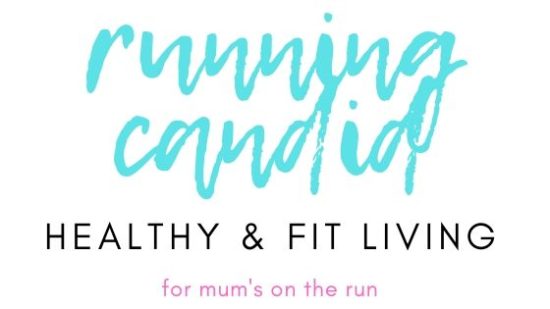I love waking up to the feeling of tight and sore quads, hamstrings and abdominals. Crazy, I know but that’s when I know that I’ve put my body through a tough workout and challenged it with something new and exciting. The ‘new’ workout might mean going for a long swim instead of running, spending an hour doing a full body weights workout, spending a warm summer day kayaking, trying skiing on a chilly winter afternoon or simply adding a few extra kilometres to my usual run. Even yoga and Pilates can leave me with DOMS (delayed-onset muscle soreness) if I’ve neglected this part of my training for too long.
According to The Runner’s Body (Tucker, Dugas & Fitzgerald 2009, p. 33), ‘DOMS is nothing more than the alarm reaction to a bout of exercise that is more stressful than the muscles are familiar with.’ Running places a large strain on the muscles due to the impact of hitting the pavement with each stride. For beginners, DOMS can appear after a few short miles, for more advanced runners it may take a serious session of hill sprints, plyometrics or ultra marathon training to experience extreme muscle soreness. Unfortunately, this pain often dissuades people from going for another run or continuing with an exercise program. That’s why it’s wise to start slowly to avoid severe cases of DOMS.
The pain felt is ‘structural damage to the muscle’ (p.35) which with time repairs itself and makes your muscles adapt to the newer and tougher training regime. The good news: this damage is the basis for stronger muscles in the future which will help you improve your running performance. The bad news: you might be in pain for a day or two while your muscles are repairing themselves.
I’m beginning to feel DOMS in my quads and hamstrings thanks to the 17km run I managed yesterday. The pain started about 24 hours after I finished my workout and it feels like I finally pushed my body that bit further. For a while now I’ve been thinking that I’m not training hard enough. 30-40km per week isn’t enough. I need to up that to about 50-60km in order to see the results that I want and that will happen once the long run (15km or more) will become a regular part of my weekly routine. 17km in training for me is a significant distance and I hope to keep it up and continue to increase the distance each week.
The thing with pain is that it shouldn’t be felt after every workout. Your muscles need time to repair and adapt to the changes in your training. Pushing yourself hard during every workout will only lead to overtraining and injury. However, pushing yourself that little bit harder once a week or even once a fortnight if the former is too much you will improve your running abilities. So if you haven’t added an interval session or a longer run in your weekly plan or can’t remember the last time you experienced sore muscles than maybe it’s time to give your training a little boost.

